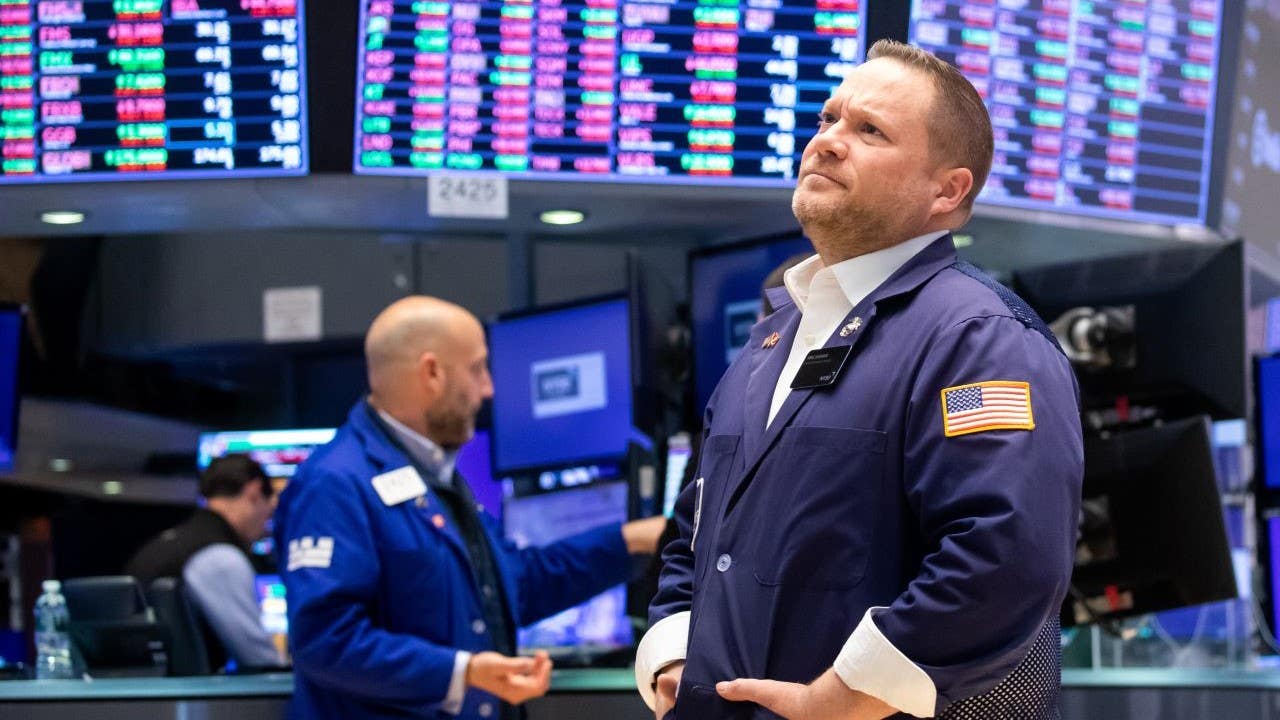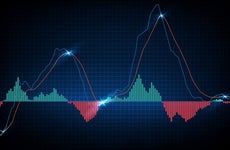Best defensive ETFs for plunging markets

The Bankrate promise
At Bankrate we strive to help you make smarter financial decisions. While we adhere to strict , this post may contain references to products from our partners. Here's an explanation for .
Stock market volatility can pop up at any time, potentially causing portfolio losses when you least expect it. Inflation remains higher than the Federal Reserve’s target and high interest rates could lead to an economic slowdown at some point.
Defensive ETFs can help limit risk in your portfolio so you don’t lose as much in the event of a market selloff. Here are some of the best defensive ETFs to consider for your portfolio.
Top defensive ETFs for portfolio protection
One way to protect your portfolio is to consider some of these popular low-expense ETFs that are invested in areas that tend to do well when markets turn bearish. Below are some top defensive funds to take a look at. (Data is as of April 15, 2024.)
iShares Edge MSCI Min Vol USA ETF (USMV)
This popular fund has over $23 billion in assets and is one way to stay invested in equities while minimizing risky exposure. The way the fund achieves this is by taking a look at the top stocks with the lowest volatility, then narrowing the selection further through their own ranking system and expected future volatility to decide whether or not it will be included in the fund.
The fund mimics the MSCI USA Minimum Volatility Index, whose goal is to create the least-volatile basket of stocks from large- and mid-cap stocks.
- 5-year returns (annualized): 8.18 percent
- Dividend yield: 1.72 percent
- Expense ratio: 0.15 percent
Fidelity MSCI Utilities ETF (FUTY)
Sectors like utilities and water tend to hold strong during times of market downturn, as their demand is a part of everyday life, regardless of market movements. Utility stocks are generally considered to be a good defensive move against bear markets and market downturns.
Two of the fund’s largest holdings — NextEra Energy (NEE) and Duke Energy (DUK) — provide electricity to millions of Americans along the country’s Southeast coast.
- 5-year returns (annualized): 4.8 percent
- Dividend yield: 3.25 percent
- Expense ratio: 0.084 percent
Invesco S&P 500 High Div Low Vol ETF (SPHD)
With one of the highest yields on this list, the Invesco high dividend/low volatility ETF delivers just that — payoff without the risk. The majority of the fund’s holdings are in defensive and consumer-based sectors, utilities, consumer defensive and healthcare.
All three sectors are well-poised for dividend growth, even during a market downturn. Utilities are a constant need regardless of market conditions, as is healthcare, and consumer defensive stocks that produce everyday mainstays like personal goods and foods all position a portfolio well in the event of market volatility. Some of its largest portfolio holdings include AT&T (T) and Verizon (VZ).
- 5-year returns (annualized): 4.15 percent
- Dividend yield: 4.56 percent
- Expense ratio: 0.3 percent
Vanguard Consumer Staples ETF (VDC)
Similar to the Fidelity MSCI Utilities ETF, this Vanguard fund has a strong focus on sectors that can defend a portfolio against market volatility. VDC in particular, though, is more focused on consumer goods rather than utilities.
The fund’s three largest holdings are in Procter & Gamble (PG), Costco Wholesale (COST), and Walmart (WMT).
- 5-year returns (annualized): 8.83 percent
- Dividend yield: 2.29 percent
- Expense ratio: 0.1 percent
Utilities Select Sector SPDR ETF (XLU)
Another fund focused on utilities, this ETF from State Street Global Advisors holds more than $11 billion in assets, making it the largest utilities-tracking ETF on the equity market. Like the Fidelity fund on this list, the company is focused on energy companies that supply things like electricity and gas to millions of Americans across the country. These funds are stable mainstays during times of market volatility.
- 5-year returns (annualized): 5.29 percent
- Dividend yield: 3.4 percent
- Expense ratio: 0.09 percent
iShares 1-3 Year Treasury Bond ETF (SHY)
This bond fund offers a decent yield along with considerable stability by holding a variety of short-term U.S. Treasurys.
The short maturities decrease the risk of runaway interest rates clamping down on the fund’s price. The fund is designed to hedge market downturns and could have a place in a diversified portfolio positioned for volatility.
- 5-year returns (annualized): 0.96 percent
- Dividend yield: 4.68 percent
- Expense ratio: 0.15 percent
Bottom line
There are a variety of investments that savvy investors can still tap into during market downturns. The end-all answer does not have to be simply to sell during difficult times. Rather, you can turn to low-expense ETFs positioned in defensive stocks and consumer goods whose services are essential to everyday life. These ETFs can position an investor well in the face of several simultaneous stressors on the global economy.
More adventurous investors can also choose to invest in these sectors on their own, through individual stocks. It’s important to reassess your portfolio ahead of anticipated volatility, and consider incorporating some defensive investments as needed.
Former Bankrate reporter Georgina Tzanetos contributed to a version of this story.
Editorial Disclaimer: All investors are advised to conduct their own independent research into investment strategies before making an investment decision. In addition, investors are advised that past investment product performance is no guarantee of future price appreciation.
Related Articles



Best ETFs for falling interest rates: Top funds for when the Fed cuts rates

Best leveraged ETFs: A high-risk, high-reward bet on short-term market volatility